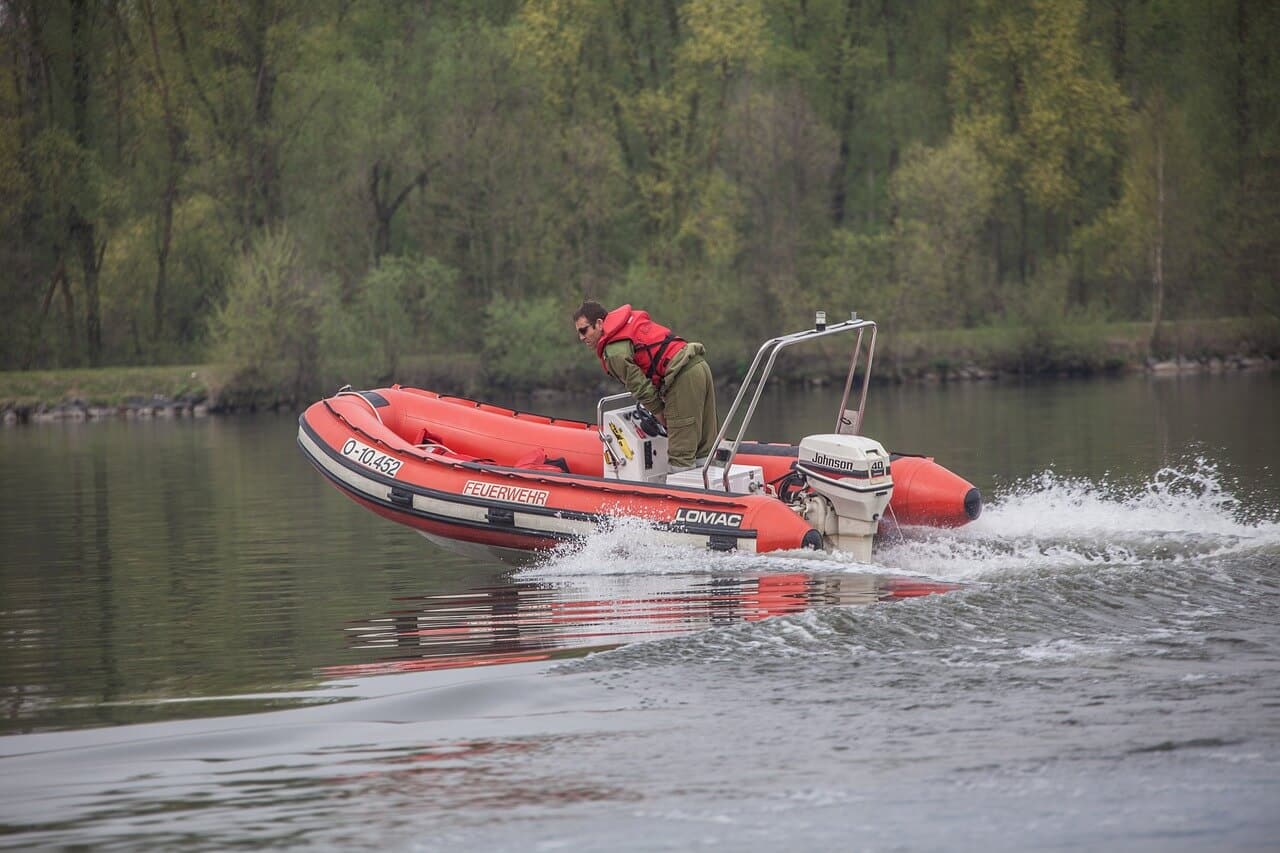Five Things You Didn’t Know About Life Vests

If you’ve ever been anywhere near a body of water, you’ve probably seen, or even worn, a life vest. They are practically ubiquitous accessories to summer time fun all over the world. From standing on the deck of a boat to treading water in the deep end of a pool, people rely on life vests made by an industrial sewing company to keep them safe and sound in deep water.
When Was the Life Vest Invented?
Historians and anthropologists have found evidence of human beings creating and using various kinds of devices, plants, and even animal parts to create floatation devices for as long as humans have lived near water. The concept behind those earliest devices and the modern life vest is the same: to keep a person safe while in deep or fast-moving water.
What we would recognize as the most similar to the modern-day life vest was first used around 1800. The floatation device, a cork vest, can be seen as an item for sale in a sporting catalog in 1804, and it’s safe to assume it was at least known by anybody who spent a lot of time near the water.
One of the most famous vests that is made with industrial sewing techniques like those used by Vinyl Technology was the so-called “Mae West” by homesick GIs during World War 2. These standard-issue vests were based on the first inflatable life preserver, invented in 1928 by Peter Markus. The rubberized cloth bladders that constituted the primary source of flotation were quickly inflatable with built-in cartridges of pressurized CO2.
What’s the Difference Between a Life Vest and a Life Jacket?
It depends on who you talk to, but in most cases there isn’t really a difference between a life vest and a life jacket — the terms are used interchangeably, and one term often describes the other. Technically, both of these are considered PFDs or personal floatation devices. When a distinction between the two is made, it is usually as a way to distinguish the size and coverage of the garment. A life vest, for example, is usually just a vest while a jacket might encompass more fabric, or cover more of the user’s body.
Do Life Vests Have Expiration Dates?
This is a very common question, but thankfully the answer is no. A life vest, especially an unused one, is meant to last a very long time. Just like any safety garment, a life vest that is visibly tattered, damaged or heavily used should be discarded in favor of a newer one.
One type of inflatable life vest that uses CO2 to inflate empty bladders should be replaced every two years, to make sure that the mechanism still works and the pressurized carbon dioxide does not leak.
How Many Types of Life Jacket Are There?
The US Coast Guard has identified five different types of life jacket, though their website includes a wide array of different kinds of classifications and types of personal floatation device. Give their site a visit for lots more detailed information.
Type I are for rough or remote water areas. These tend to be larger, bulkier, and meant to maximize the survivability for somebody likely to be stranded or otherwise without rescue for an extended period of time. These are likely what most people think of when they hear “life jacket.”
Type 2 are for calmer waters or areas more easy to reach by rescue personnel. They are typically very basic and not as complex or as expensive to produce. They do the job of keeping a person safe in deep water without many bells and whistles.
Type 3 are probably the most common design of life vests owing to how comfortable they tend to be along with the level of protection they offer. In other words, they offer the right amount of buoyancy for most recreational applications in areas that are more easily rescued.
Type 4 flotation devices aren’t really life vests at all, but are included here for the sake of completeness, and because some versions are able to be created with industrial sewing techniques. These devices are meant to be thrown to a conscious person in need of floatation assistance, like a ring or cushion.
Type 5 are listed by the US Coast Guard as special-use. They are each worn for specific activities and designed accordingly. There are Type 5 life vests for activities as varied as windsurfing and kayaking.
How Do Life Vests Work?
Each type of life vest works slightly differently, but the basic function of all of them is to keep a person’s head above water, either as a natural function of the material it’s made of or because it’s inflated when necessary, providing buoyancy. Some Type 1 vests, for instance, are meant to work whether the user is conscious or not, tipping the user’s head in a position that guarantees they can breathe, and flipping them on their backs.
For more information about how Vinyl Technology can help you make your life vests, jackets, or other industrially sewn devices like a Self-Inflating Field Mattress or Pneumatic Pillow, get in touch with us today.

